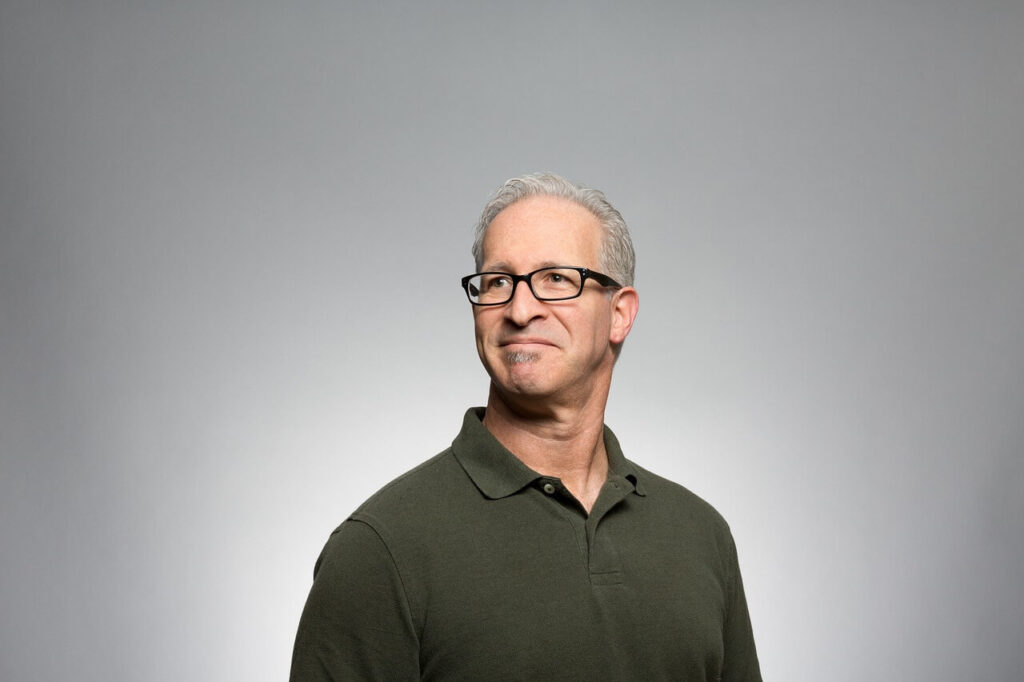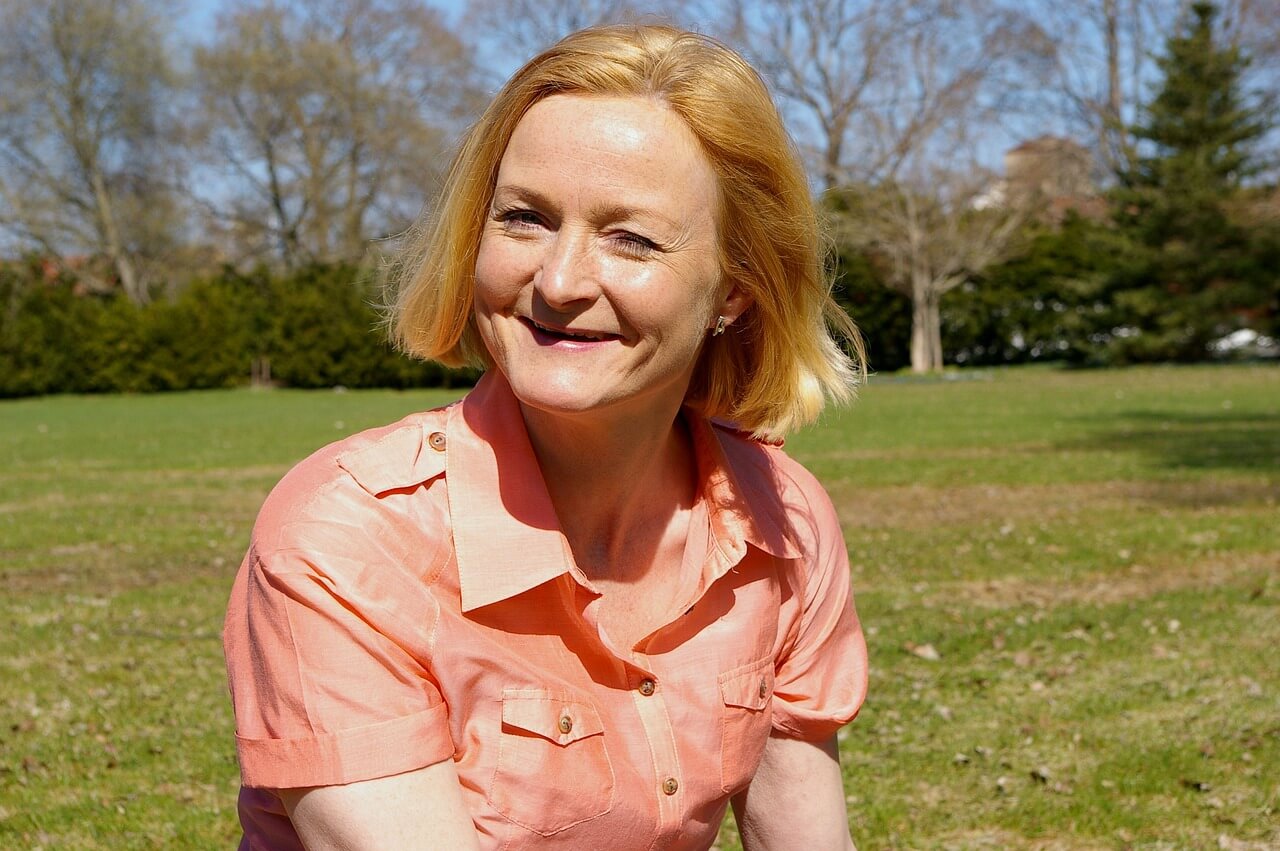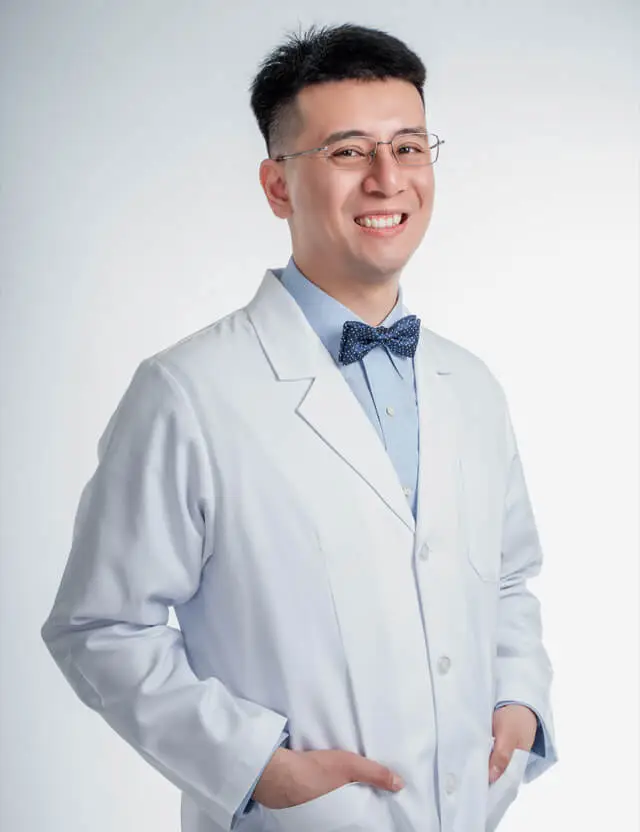The aging process causes several changes in our bodies, one of which is the changing of our eyesight. While many people equate aging with vision loss, a fascinating issue arises: Can your eyesight improve as you age?
In this article, we will explore this question: Can eyesight improve with age? in more detail and examine the evidence behind it.
Can Eyesight Improve with Age?
In general, vision does not improve with age. Vision normally deteriorates as a result of the natural aging process, especially beyond the age of 40.
There are several things you may do to maintain your eye health and long-term vision. While these tactics cannot reverse the aging process of the eyes, they can help you keep your existing vision.
How Aging Affects Eye Health
Our eyes change as we age, some for the better, others for the worse. Here’s how it works:
Beneficial changes
Lens thickens: The lens of your eye gradually expands with age, resulting in a minor increase in focusing ability that can aid in improving clearer vision. This is why some individuals in their 50s and 60s have second sight and can read without glasses.
Tear composition changes: As we age, the composition of our tears changes, becoming somewhat thicker and more dense. This can result in improved tear film stability, which is beneficial for dry eyes and may enhance overall visual clarity.
Negative changes
The lens loses elasticity: The lens’s flexibility deteriorates over time, making it harder to focus on close objects. This causes presbyopia, a common age-related disorder that necessitates the use of corrective glasses for reading.
Weakening muscles: As we become older, the muscles responsible for eye movement and focusing weaken, resulting in decreased visual acuity and trouble responding to changes in light as well as distance vision.
Reduced blood flow: As we age, the blood vessels that supply the eye weaken, affecting the delivery of important nutrients and oxygen. This can lead to a variety of eye problems.
Age-Related Eye Problems
While certain changes with aging might improve vision problems, others increase the chance of acquiring severe eye illnesses. These are some examples:
Presbyopia
Presbyopia is a common age-related disorder in which the eye loses its capacity to concentrate on close objects with time. It usually appears around the age of 40 and is generally treated with reading glasses or corrective lenses.
Glaucoma
Glaucoma is a set of eye diseases that can cause optic nerve damage and visual loss. While it becomes more frequent with age, early identification and therapy can help limit the disease’s course.
Cataracts
Cataracts are caused by the clouding of the lens of the eye, resulting in impaired vision. Cataracts become more common as people age, but surgical surgery can effectively restore clear vision.
Age-Related Macular Degeneration
The macula, the core section of the retina, is affected by age-related macular degeneration (AMD). AMD can impair central vision but does not always result in total blindness. There are treatment options available, and early identification is critical.
Diabetic Retinopathy
Diabetic retinopathy is a disorder that damages the blood vessels of the retina and is linked to diabetes. Diabetes management and frequent eye exams are critical for avoiding and managing diabetic retinopathy.
Treatment for Age-Related Eye Problems

Many age-related eye disorders, fortunately, are curable. Here are several possibilities:
Glasses and contact lenses: Corrective lenses, such as glasses and contact lenses, can help persons with presbyopia, nearsightedness, farsightedness, and astigmatism improve their vision.
Surgery: Cataract surgery involves removing the clouded lens and replacing it with an artificial lens, which dramatically improves eyesight.
Medications: Medications can be used to treat glaucoma and diabetic retinopathy, so preventing future vision loss.
Laser therapy: Laser therapy can be used to cure some kinds of AMD and prevent additional retinal damage.
Lifestyle changes: Adopting a healthy lifestyle that includes a balanced diet, frequent exercise, and controlling underlying health concerns.
According to one study, “every increase in physical activity level reduces the Advanced Glaucoma Intervention score by 3.4 points.” This means that participants who engaged in consistent physical activity at a certain threshold could reduce their risk of glaucoma or the severity of the condition.
How to Improve Your Vision After the Age of 40
Aside from obtaining professional assistance, the following lifestyle adjustments can help preserve and even enhance vision after the age of 40:

- Consume a nutritious diet high in fruits, vegetables, and omega-3 fatty acids.
- Regular exercise improves blood flow and general health.
- Get adequate rest.
- Limit your screen time and take pauses to allow your eyes to rest.
- Wear sunglasses to shield your eyes from UV radiation.
- Stop smoking.
- Schedule frequent eye tests if you notice any changes in your eyesight.
While age-related vision changes are unavoidable, they do not necessarily result in decreased vision. Understanding the complex mix of favorable and negative changes might give us hope for preserving and perhaps improving our eyesight as we age.
We may continue to see the world through clear and bright eyes by adopting healthy behaviors and receiving correct medical treatment.
Remember that early detection and treatment are critical in preventing vision loss from age-related eye illnesses. So, make frequent eye exams a priority, and don’t be afraid to address any concerns with your eye doctor.



